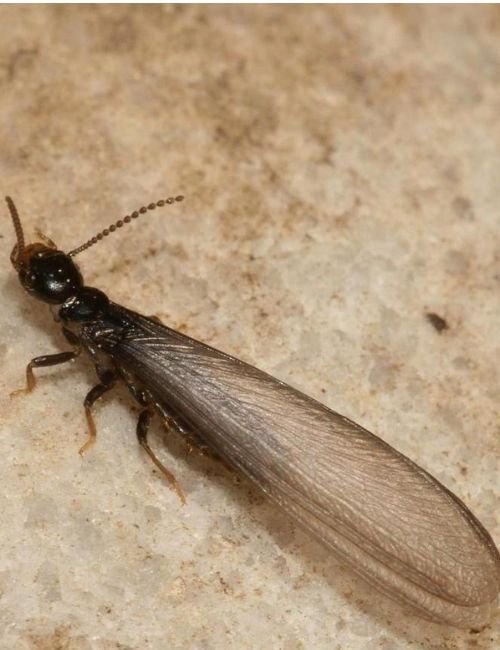Termite Control
Structural Pest
Most destructive, damages all forms of wood viz; structural timbers, furniture, paper, grasses, crops, stored grain, railway sleepers, poles, underground cables, construction materials, etc. They cause damage more than fire, storm, earthquake, etc… Annual loss estimated to 11 billion dollar Wood materials are cellulosic in nature, termites have gut bacteria/protozoa Silent destroyer, Detritivorous, and Polymorphic in nature
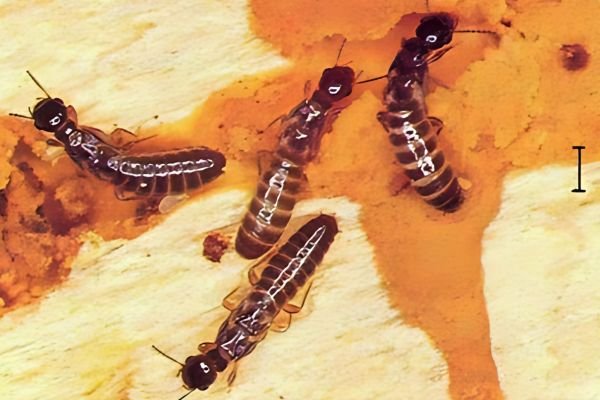
Rotten wood Termites
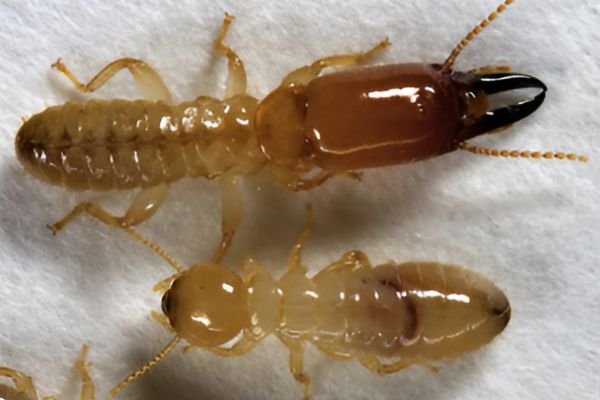
Damp wood & Dry wood Termites
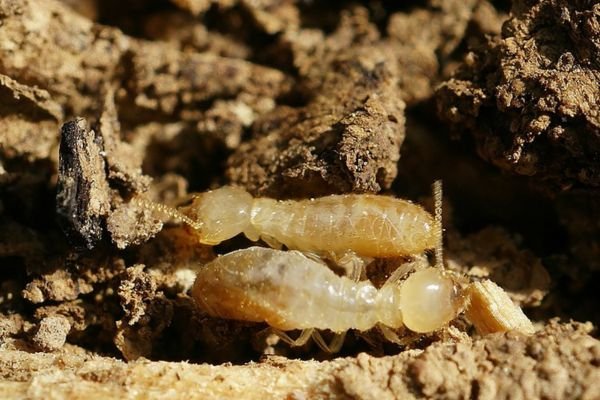
Subterranean Termites
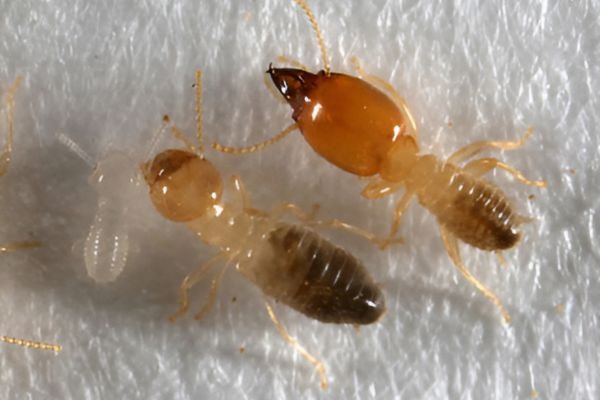
Higher Termites
